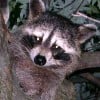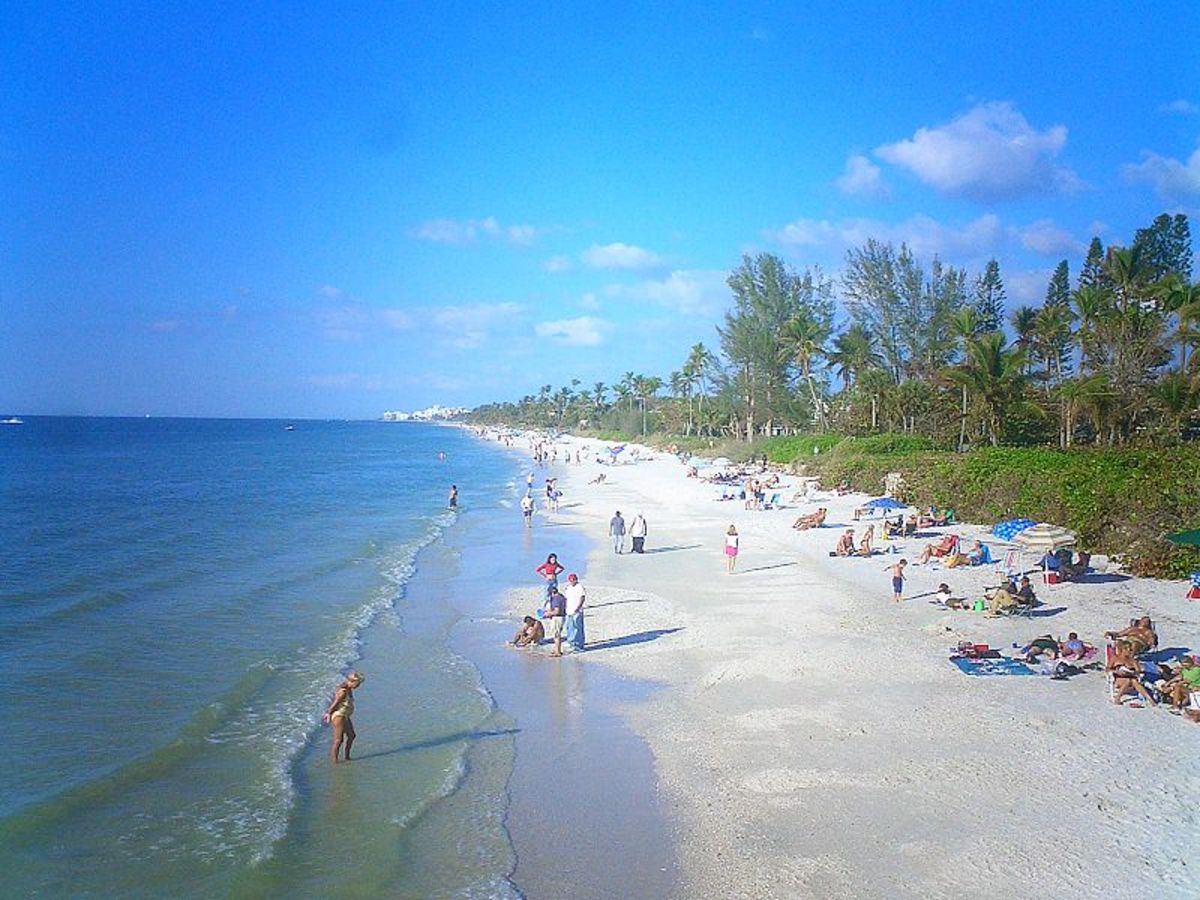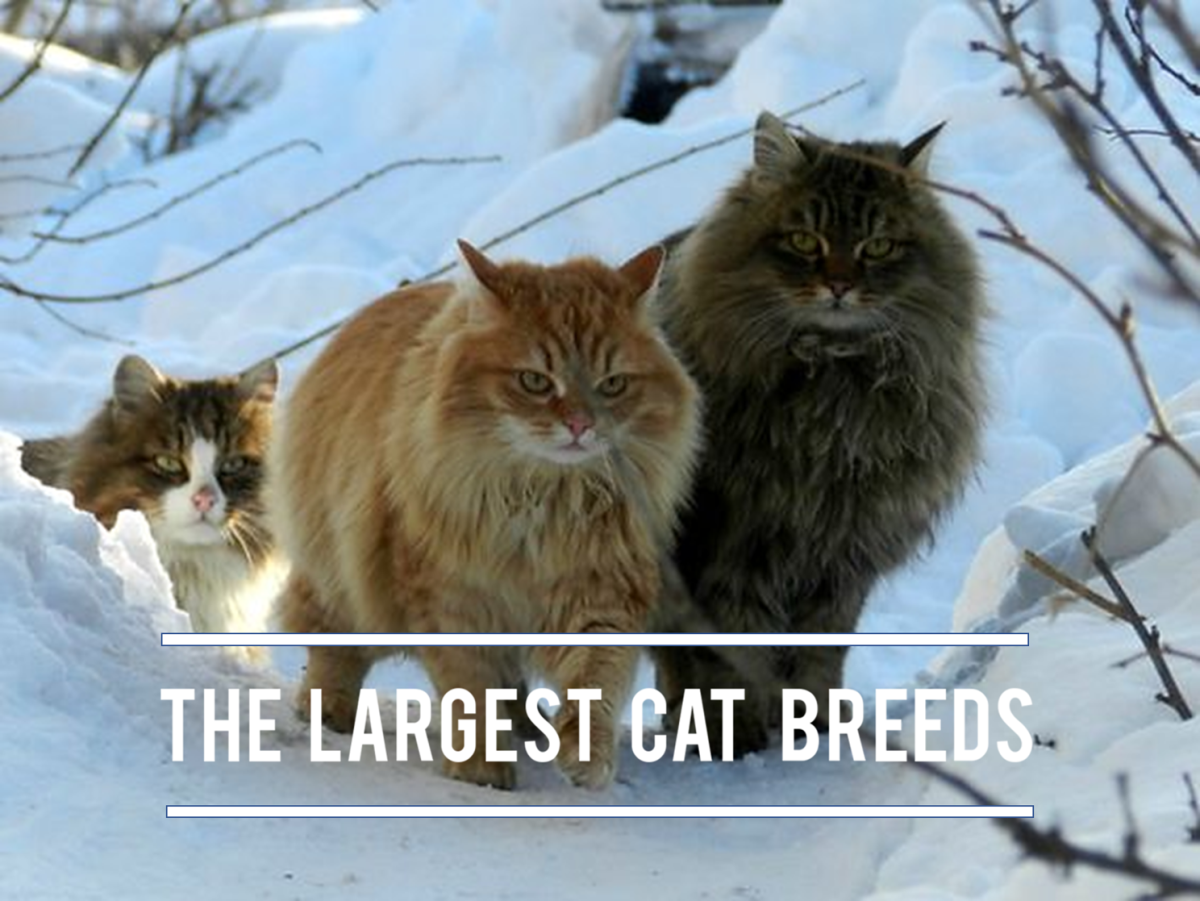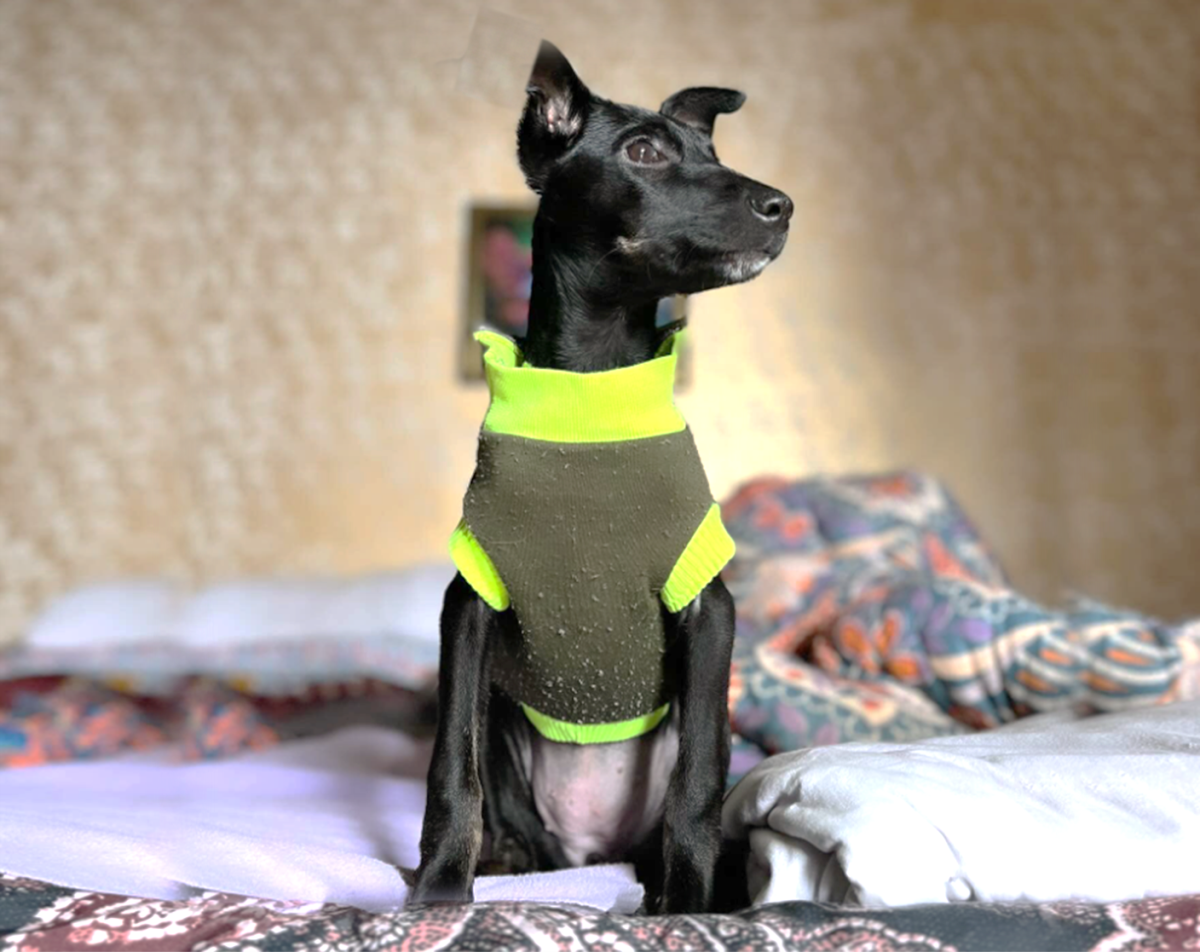Wildlife in the Backyard
Kangaroo in Australian Backyard
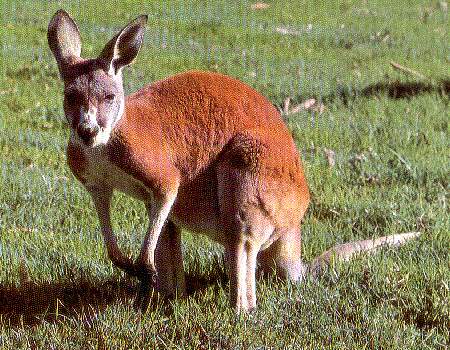
Wildlife in the Backyard
Millions of people worldwide see wild animals in their yard. Most of the time in the U.S., they are seen in the backyard because the front is either small or close to traffic and human activity. Since the natural habitats are constantly shrinking as a result of human expansion and building then many animals must find food, water or shelter in other locations. Depending on the region of the country or part of the world you live in, there can be various types of species seen on your property. I greatly wish I lived in some wonderful place known for exotic wildlife such as Australia or Africa but I never got to travel or move away. If you live in Australia then you may see Kangaroos, Lorikeets or a Blue Tongue Lizard in the yard. Though, if you live in South Africa then you might see a Cape Dwarf Chameleon, Vervet Monkey or a Puff Adder snake on your land. The more exotic and diverse the region then the more varieties of species there are to be found. As anyone living in the U.S. knows, southern Florida has many species that don’t exist anywhere else in America. This is because southern Florida contains the only subtropical area in the United States and is surrounded by water. Though I was never lucky enough to live in or visit Florida, I talked to many people who live there. One woman I met online had wild Indian Peacocks nesting in the back yard. If you live in southern Florida and have a house with land then you might see many different animals in your yard. I remember a man I talked to on the internet telling me about some species seen around his home in Miami Florida. He mentioned Knight Anoles, a Gopher Tortoise, an Armadillo, South Florida King Snakes, a Monk Parakeet and other wildlife.
American Goldfinch
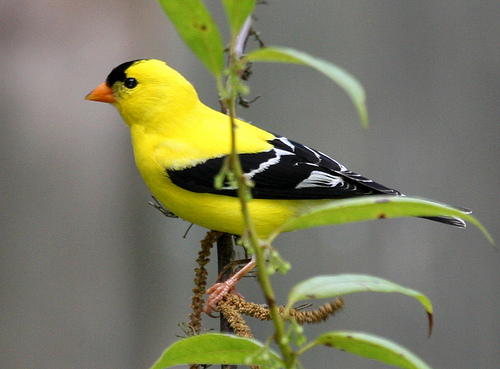
I don’t live in a diverse or sought out part of the country but every place has some wildlife. Unfortunately, a lot of the wildlife has vanished in this area, as it has in many other regions. The once common species I saw as a child are either greatly diminished or have been wiped out in this area do to habitat destruction and pollution. Since there are many people who are not familiar with the region of southwestern Ohio and the surrounding areas in Indiana and Kentucky then I will mention some of the wildlife species seen here. There is nothing exciting or exotic to see but sometimes Bald Eagles pass through, especially right across the border into Lawrenceburg Indiana. Birders have seen them in the Oxbow Conservancy area. I have taken many photos there but I was never lucky enough to see an eagle. During the warm months, the birds I see around water are Great Blue Herons, Great Egrets, Green Herons, Mallards, Wood Ducks, Canadian Geese, sometimes a Snow Goose, American Coots, Northern Shovelers, Killdeer, various Sandpipers and Double-Breasted Cormorants. Some of these I always see but a few I only see once in a while and don’t have modern camera equipment to photograph. Birds and insects are the two groups of animals you will always see even if there is nothing else around. I see some of the more common birds in the backyard, especially since I have a bird-feeder. The most noticeable common backyard bird in Ohio is the Cardinal. This is the state bird but only males are bright red. Blue Jays, Downy Woodpeckers, House Finches, Juncos, Black Capped Chickadees, House Sparrows, Gold Finches, Robins, Tufted Titmouse and Ruby-throated Hummingbirds are some other birds I see in the yard but occasionally a different species shows up. Last year a male Rose-breasted Grosbeak was hanging around for about a week and I got a photo. I have also seen Cooper’s Hawks and Red-tailed Hawks around the yard. Only once did I see a Red-shouldered Hawk which was sitting in a tree behind the garden.
Red-spotted Purple Butterfly
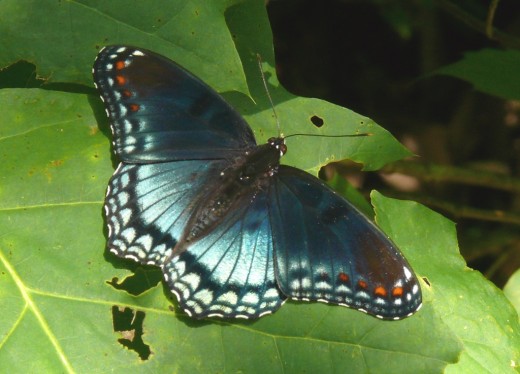
While butterflies are decreasing in number, I still see some when the flowers in the yard are blooming. Milkweed is good to have in the yard if you like butterflies. Monarch Butterflies feed a lot on Milkweed but I have seen various butterfly species on the flowers. Common Sulphurs, Red-spotted Purples, Black Swallowtails, Tiger Swallowtails, Pearly Crescentspots, Yellowpatch Skippers and Northern Hairstreaks are also seen in the yard. I rarely see the caterpillars of the butterflies seen in the area. When my Dad was alive he found one that I had never seen. It was the white long haired caterpillar of the Northern Metalamark Butterfly. Thanks to my dad I got a good photo of that caterpillar to place on my website. You can see that photo on Nature Photos Page 2 of my website Caveman’s Nature Site http://wildcaveman.weebly.com/index.html with many other local region nature photos. Some pictures I took are up to two hours driving distance from Cincinnati. It depends on the section of photos you are looking at. Though, the insect photos were mostly taken in this county. I have seen a Preying Mantis and a Walking Stick insect in the yard a few times over the years. Most animals in this region of the country are not colorful. Mostly, the species with color are birds or insects. Aside from butterflies, I have seen some different insects around the property with color on them such as Milkweed Bugs, Japanese Beetles, Swamp Milkweed Leaf beetles, Box Elder Bugs, a couple species of dragonflies around the water garden, Oleander Aphids and different bees. The only colorful spiders I have ever seen here are the Yellow and Black Garden Spiders. Though, I have seen other orb weaver species.
Eastern Box Turtle
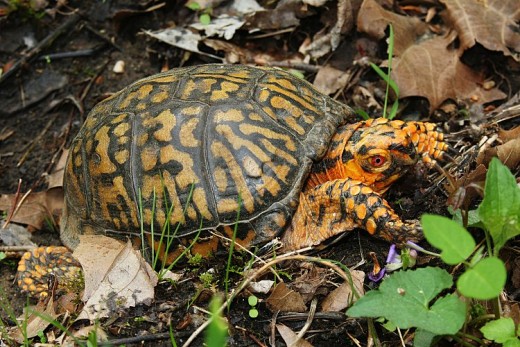
Though I see fewer animals every year in the region and even less in the yard at this point, there was once a time when the common species were always seen. Now, I rarely see a snake or a toad. Areas that once had many frogs, salamanders, snakes and turtles are now destroyed or have few of these animals surviving. Pollution kills off amphibians very quickly. The little fish that use to be in the smaller creeks around here are mostly gone and therefore the common Northern Water Snakes have less to feed on. At one time, there was a decent population of the common species of reptiles and amphibians around but those days are long gone. Many years ago I used to see Eastern Garter Snakes, Black Rat Snakes and Eastern Box Turtles passing through the yard or garden. I no longer see those once common species but the European Wall Lizards are surviving here. They have been in the yard since the mid to late 90’s. They are good adapters, even though they are not indigenous to this region. Originally, the European Wall Lizards in this part of the country came from northern Italy. Some were released in Cincinnati around 1950 by a member of the Lazarus family. They are the most interesting species in the area and people like them. A couple local species of lizards that I see in parks once in a while are the Five-lined and Broad-headed Skinks. I have never seen any in the yard. I also come across Northern Water, Queen and Ring-neck snakes when in local natural areas. The most common turtles in the region are the Red-eared Sliders but Eastern Spiny Softshell, Painted, Eastern Box and American Snapping Turtles are also found here. When I was young, there was a large snapping turtle out in the yard one day. It was heavy and the biggest turtle I had ever seen at the time. It rained the day before, so it was on the move during the early morning and probably came from the lake in the area. We had to pick it up by the tail to move it into a box. Those turtles have a lot of muscle. An hour and a half drive from here in Adams County Ohio is the only place I had seen a different turtle. That was a Musk Turtle but they are rarely seen, at least in this section of the country.
Eastern American Toad
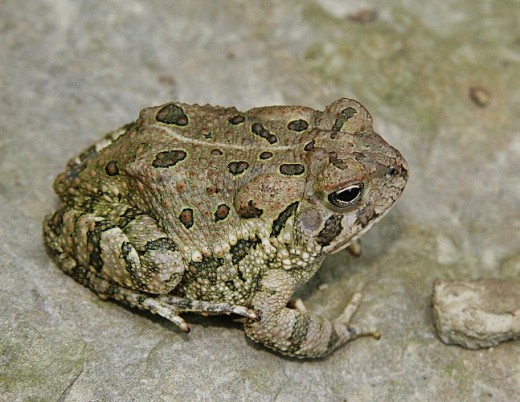
I am not close to moist woods or water, so the only frogs I have seen in the yard are the common Green Frogs. Though, one year there was a very loud Eastern Woodland Toad that stayed in the plants around the water garden. The run-off that runs under the street and goes behind my neighbor’s house is probably where the frogs came from over the years. Frogs will move during rainy nights and sometimes end up in run-off or drainage areas. The other frogs I have seen in wetland or wildlife areas in this region were Gray Tree Frogs, Leopard Frogs, Bull Frogs, Cricket Frogs and Spring Peepers. Salamanders are not near my home but a few species are seen in the county. I have found Small-Mouth, Two-Lined, Red-Backed,Jefferson’s, Dusky and Spotted Salamanders while out searching in parks, preserves and wildlife areas.
White-tailed Deer ( Buck )
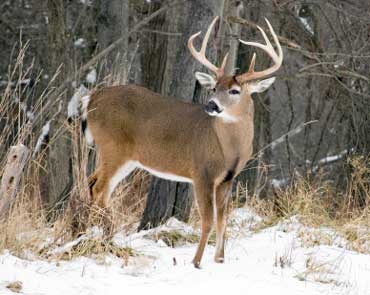
At one time, I used to see various mammals running through the yard, garden or up one of the trees. I have not seen a Raccoon, Opossum or Groundhog in some time but they use to come into the yard, especially when the pear or apple trees had ripened fruit. One year I had to get a Groundhog out of the fenced in garden. It dug underneath and trapped itself inside. That was not a fun task. It would not run out the open door and stood its ground. I got it in a bucket and carried it out. Groundhogs have a lot of muscle and are heavy for their size. It felt like I was carrying a bucket full of rocks. I was glad to remove it unharmed. Deer, squirrels and rabbits are still coming into the yard. I see Does all the time but the habitats are being wiped out quickly, so many people see deer. It is hard to go to any neighborhood with trees and not see a squirrel. During Summer, I see a couple Chipmunks around the water garden because it is close to the bird-feeder. Only once did I ever see a fox go through the yard. People will see more wildlife passing through the yard since the habitats are being destroyed. As organizations like the National Wildlife Federation mention, it is good to have a yard that can help and/or support wildlife because of the vanishing environments around the world. You may have heard of “Backyards for Wildlife”. You can have your wildlife friendly yard registered nationally with the NWF as a certified wildlife habitat, if you have the proper things on your property. If you are interested then go to http://www.nwf.org/Get-Outside/Outdoor-Activities/Garden-for-Wildlife/Create-a-Habitat.aspx. In this yard there are bushes, trees ( 2 are fruit trees ) a water garden, a large ground birdbath with a filter, two standing birdbaths, a standing bird-feeder, a hanging suet bird-feeder, a rock garden, a regular vegetable garden and flower gardens. I advise anyone who cares about the wildlife and environment to create what they can on their property in order to help the local species survive. This also improves the appearance of your yard.
